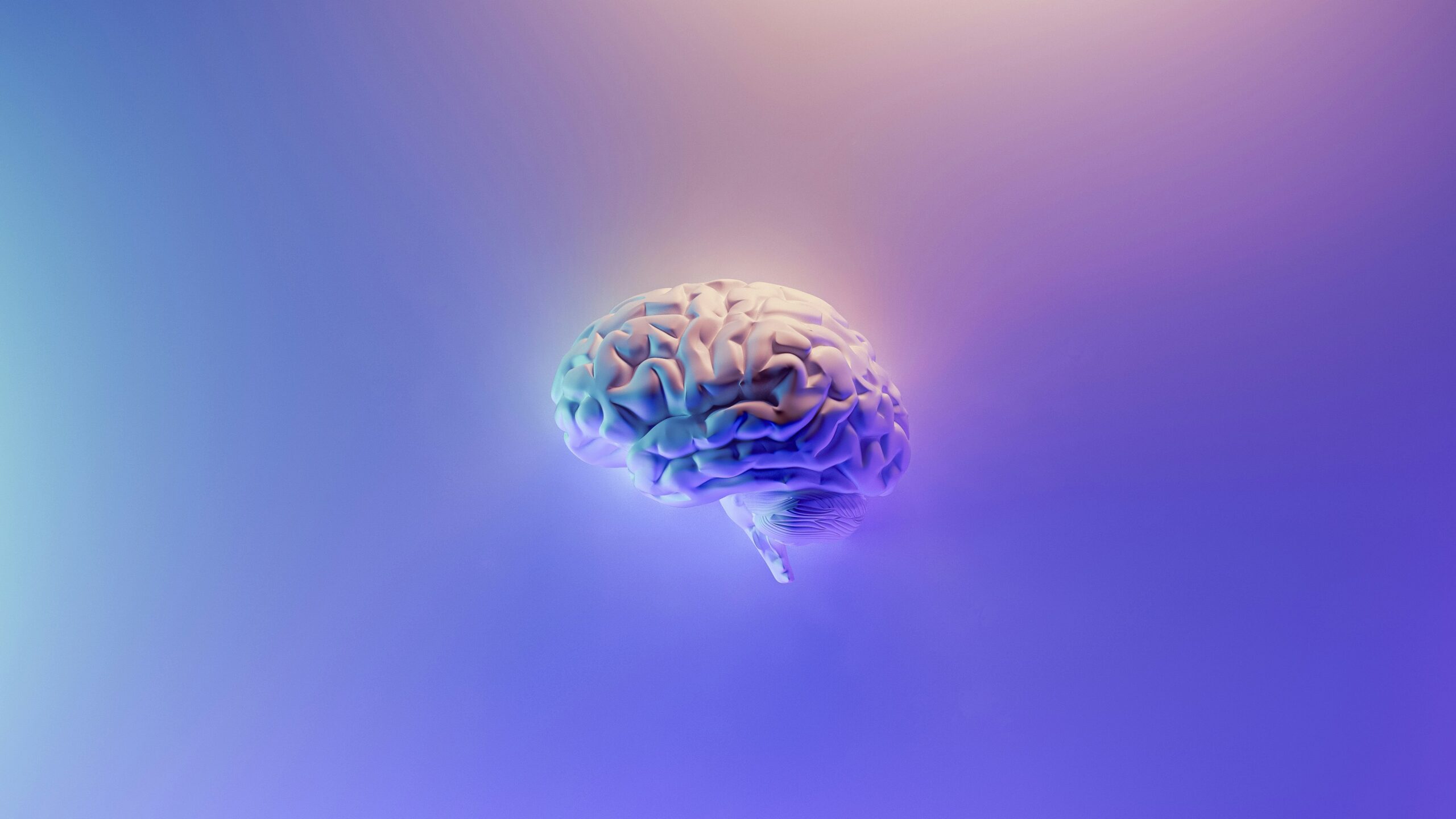In today’s world, artificial intelligence (AI) captivates and unsettles the public imagination in equal measure. This dual fascination stems from AI’s unprecedented capabilities—performing complex tasks with speed and precision far beyond human ability—coupled with emerging ethical dilemmas and biases. Such developments spark crucial debates on AI’s role in society, pushing us to confront the profound—and insurmountable—differences between machine learning and the nuanced, deeply ingrained human consciousness. This conversation unfolds against a backdrop of rapid technological advancement, raising questions about identity, morality, and the future of human interaction in an increasingly digital landscape.
Recently, the controversy surrounding Google’s new Large Language Model (LLM), called Gemini, hit the headlines and sparked social media outrage. Google’s Gemini AI chatbot, which recently implemented its “next-generation model,” Gemini 1.5, featuring an image generation function, has sparked controversy over accusations of racial bias against white individuals. The AI was criticized for not generating images of white people upon request, leading to heated discussions on social media platforms and critiques from public figures. Google, in response, has paused the image generation feature of the chatbot to address these concerns. The situation highlights the challenges AI developers face in balancing representation and avoiding perpetuating stereotypes or biases, reflecting broader societal debates on race, representation, and technology.
This, however, is not an issue limited to Google’s new toy but rather betrays an underlying issue with AI technologies more broadly, that they are not human, nor conscious, nor possess intentionality. Instead, AI systems are just that, human-created systems that operate based on algorithms and statistical models to process and analyze large datasets. They recognize patterns, make predictions, or generate responses based on the data they’ve been trained on.
Narratives shift accountability . . . masking the deeply human decisions that shape AI’s impact on society.
Essentially, AI systems use machine learning, a subset of AI, where algorithms are trained on data to perform specific tasks. This training involves feeding the AI examples until it can discern patterns or features that are relevant to performing these tasks. The more data the AI is exposed to, the more accurate its predictions or responses become. However, this statistical approach lacks the depth of human cognition, such as awareness, intentionality, and the ability to grasp context in the way humans inherently do. AI’s decisions are based on probabilities derived from data, not conscious thought or ethical considerations, highlighting the gap between technological advancements and the nuanced capacities of human intelligence.
The Human-AI Divide
Despite the clear limitations and purely algorithmic nature of AI, narratives suggesting the possibility of thinking, conscious AI persist in popular media and scientific journalism. These stories, fueled by speculative fiction and optimistic projections of technology’s future, captivate the public imagination with visions of AI achieving human-like awareness and decision-making capabilities. However, such narratives often serve as instances of technological determinism, a perspective that not only overestimates technology’s autonomous power but also conveniently absolves its creators and major stakeholders from ethical responsibility. By promoting the idea that AI’s evolution is inevitable and beyond human control, these narratives shift accountability away from the technologists and corporations that develop and deploy these systems, masking the deeply human decisions that shape AI’s impact on society.
In contrast to the purely statistical and pattern-based operations of AI, Bernard Lonergan’s theory of intentional consciousness introduces a framework that we can use to understand human uniqueness better and move away from these other deleterious narratives.
Bernard Lonergan was a Canadian Jesuit priest, philosopher, and theologian, deeply influential for his work in epistemology, theology, and economics. His intellectual legacy is vast, but he is perhaps best known for his exploration of human cognition and his development of the theory of intentional consciousness. Lonergan’s work delves into the processes underlying human understanding, decision-making, and the pursuit of knowledge, proposing a model of cognition that emphasizes the dynamic and self-reflective nature of human thought. Through his theory, Lonergan sought to articulate the distinct and intricate ways in which humans engage with the world, highlighting the depth and complexity of human consciousness in contrast to artificial intelligence.
Unlike AI systems, which operate based on data and algorithms, Lonergan suggests that human beings are driven by a quest for meaning, engaging in an ongoing process of questioning, learning, and evolving. Fundamentally, human consciousness is isomorphic with being itself; it exists “in the world mediated by meaning and motivated by value.” This intentional approach to knowing and being in the world underscores the irreplaceable depth of human consciousness, highlighting the stark differences between the human mind and artificial intelligence.

Bernard Lonergan outlines four levels of human intentional consciousness through the example of Archimedes. First is Experience, where Archimedes observes a physical phenomenon, such as water displacement. Next, Understanding occurs as he questions this observation and seeks a rational explanation; here, spontaneous insights occur and lead him to his famous principle. The third stage, Judgment, involves Archimedes assessing the validity of his understanding and deciding if it truly explains the phenomenon accurately. Finally, Decision reflects the application of this judgment, as Archimedes decides how to use this newfound knowledge in practical ways, exemplifying the dynamic, reflective process distinguishing human cognition from AI’s static computations.
AI’s inability to achieve self-awareness, insight, and the pursuit of meaning fundamentally separates it from human consciousness. While AI can process and analyze data at an unprecedented scale, it operates without the self-reflective awareness that characterizes human thought. AI lacks the capability to question its existence, purpose, or the ethical implications of its actions, qualities that are intrinsic to human self-awareness and critical thinking.
Furthermore, AI cannot engage in the pursuit of meaning in the way humans do. Humans not only seek answers to immediate problems but also ponder deeper questions about life, existence, and the universe. This pursuit of meaning is driven by an inherent curiosity and a desire to understand our place in the world. AI, on the other hand, functions within the confines of its programming and the objectives set by its creators, unable to initiate a genuine quest for knowledge or meaning beyond its predefined tasks. We should make it a constant practice to keep this in mind when engaging with AI systems like ChatGPT and Gemini, which often deceive us into thinking they are similar to us.
Insights on Human Uniqueness
Regardless of the degree to which technologists manage to develop AI systems, the very architectures of the systems themselves make human cognition incommensurable with those systems. Catholic teaching posits the human person is created in the imago Dei, highlighting dignity and a unique capacity for relationship with the Divine. This concept underscores the intrinsic value of each individual, emphasizing spiritual qualities that transcend mere physical existence. Humans, unlike AI, are not just sophisticated machines but beings with a spiritual nature, capable of communion with God and others; or, more aptly put by Pierre Teilhard de Chardin, “We are not human beings having a spiritual experience; we are spiritual beings having a human experience.”
The contrast between the spiritual nature of humans and the mechanical nature of AI is not one of degree, but of type. While AI operates within the bounds of programmed algorithms, human beings experience life through a lens of spirituality and moral awareness. This spiritual dimension enables humans to engage in self-reflection, experience transcendence, and seek purpose and meaning beyond the material world. Central to this discussion is the immaterial soul, the principle of life and consciousness that functions as the seat of human identity and moral reasoning. Unlike AI, which lacks consciousness and moral autonomy, humans possess free will, allowing them to make choices that reflect their values and ethical principles. This capacity for moral reasoning is inextricably connected to the spiritual nature of humans, enabling them to discern right from wrong in a way that AI, with its deterministic programming, fundamentally cannot.
The dignity and value of human work and interaction must remain at the forefront of technological progress . . .
The theological insights on human uniqueness, drawing from Lonergan’s work, further demonstrate the gap between human cognition and AI. Lonergan’s emphasis on intentional consciousness highlights the depth of human understanding, judgment, and the pursuit of truth, aspects that are rooted in the spiritual and reflective dimensions of the human experience. These capacities are not replicable in AI, which, despite its advanced computational abilities, lacks the subjective experience and moral intuition inherent to human beings.
For this reason, the theological perspective reinforces the argument that AI, for all its technological advancements, cannot replicate the spiritual, moral, and existential dimensions of human life. The human person, created in the image of God, embodies a complexity and depth that transcends the capabilities of artificial intelligence, underscoring the unique place of humans in the created order and their irreplaceable role in the moral and spiritual fabric of the universe.
AI’s Role in Society
AI holds significant value and utility in society, enhancing efficiency and innovation across various sectors. It automates routine tasks, provides insightful data analysis, and drives technological advancements, thereby supporting economic growth and improving quality of life. However, ethical considerations are paramount in AI development and deployment, necessitating careful attention to privacy, security, and the potential for bias, ensuring that AI serves the common good without infringing on individual rights or exacerbating social inequalities.
The anthropomorphization of AI presents a subtle yet profound danger, leading to misconceptions about its capabilities and the overlooking of human dignity. Treating AI as if it possesses human attributes such as consciousness or moral judgment can blur the lines between tool and being, diverting attention from the ethical imperatives to respect and uphold the intrinsic value of human life. As society navigates the complexities of AI integration, it is crucial to maintain a clear distinction between the technological marvels AI can achieve and the irreplaceable qualities that define human existence.
Furthermore, the ethical development and deployment of AI necessitate a collaborative approach to ensure they are designed responsibly and oriented toward the common good. This helps mitigate risks and ensures that AI systems are aligned with objective values and norms beyond merely promoting fairness, transparency, and accountability. However, as we advance, it’s vital to guard against over-reliance on AI, remembering that technology should augment human capabilities, not replace them. The dignity and value of human work and interaction must remain at the forefront of technological progress, ensuring that AI serves to enhance, rather than diminish, the human experience. By acknowledging and addressing these ethical considerations and potential dangers, society can harness the benefits of AI while safeguarding human dignity and fostering a just and equitable world.
So, as we navigate through a world increasingly intertwined with technological advancements, it is crucial to remember that there is an infinite gap between human consciousness and artificial intelligence. This recognition calls for a more mindful engagement with technology, one that affirms and enhances human dignity rather than undermining it. By anchoring our perception in faith, hope, and love, we can ensure that our journey with technology enriches the human experience, fostering a society that values the irreplaceable depth and complexity of human life above all.
